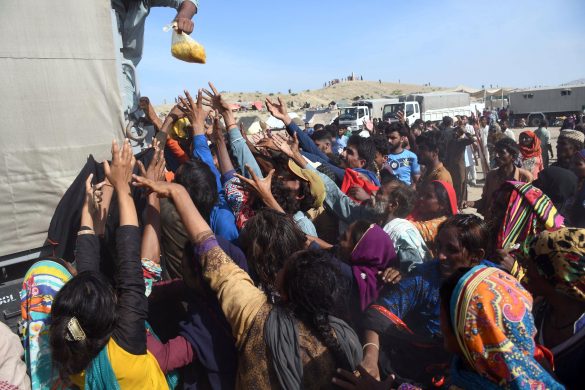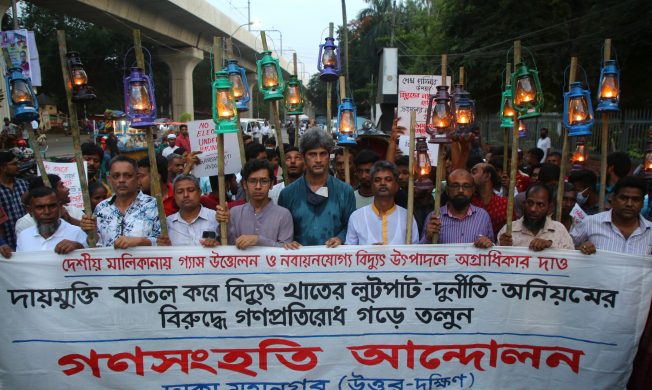ISLAMABAD, 8 June, 2018 (SciDev.Net): Average temperatures and heatwave frequency will keep rising in Pakistan, say researchers as the country has struggled to come to grips with soaring temperatures in recent weeks.
A team of international researchers, who say their study is the first to show the country’s heat-wave trajectory forecasts a 75 per cent increase in heat waves by 2030, a 189 per cent by 2060 and a 277 per cent increase by 2090. “This means the country will experience around 12 heat wave events annually by 2030, 20 such events by 2060 and 26 events by 2090,” says Wajid Nasim, lead author and associate professor at the department of environmental sciences, COMSATS Institute of Information Technology.
I dag – syv hedebølger om året
The study, published this month (June) in Atmospheric Research, shows that Pakistan was hit by 126 heat waves of varying durations over the 1997‒2015 period for an average of seven heat waves per year. This year, at least 65 people have died in the capital Karachi, and temperatures in parts of the country have exceeded 40 degrees Celsius for weeks, reaching a record-breaking 50.2 degrees in April.
These extreme events will become more frequent, prolonged and intense, Wajid tells SciDev.Net.
He and his team relied on historical datasets of heat wave events and daily maximum temperature variations for the study period. The data was drawn from the Pakistan Meteorological Department (PMD) through 29 weather stations in the provinces of Punjab, Sindh and Baluchistan.
Heat waves are defined as spikes in temperature beyond 45 degrees Celsius in the plains, and beyond 40 degrees Celsius in hilly areas. Average maximum temperatures of 42 degrees Celsius, with a 5‒6 degree rise lasting eight days or more, are also classed as heat waves.
Risiko for tørke og fejlslagen høst
The researchers warn that the trend carries risks for crop yields as well as human health. Heat waves raise the irrigation needs of summer crops, increase droughts and contribute to groundwater depletion in the country.
Rising average temperatures during pre-monsoon months (March, April and May), during which most of the heat waves are expected to occur in the coming decades, could lead to early maturity of winter crops including wheat, maize, potato and lentils — and a consequent decline in crop yields.
Higher temperatures during these months will also increase irrigation needs for various summer crops including rice, cotton, sugarcane and mango. A rapid decline in soil moisture and higher levels of surface water evaporation are contributing factors.
Ghulam Rasul, director-general of the PMD, says the findings demand an adaptation response from the government with a focus on early-warning systems.
Rasul observes that March and April used to be cool to mild months, which helped the soil to retain moisture.
Artiklen er oprindeligt bragt i SciDev.Net og bringes her under en Creative Commons-licens.














